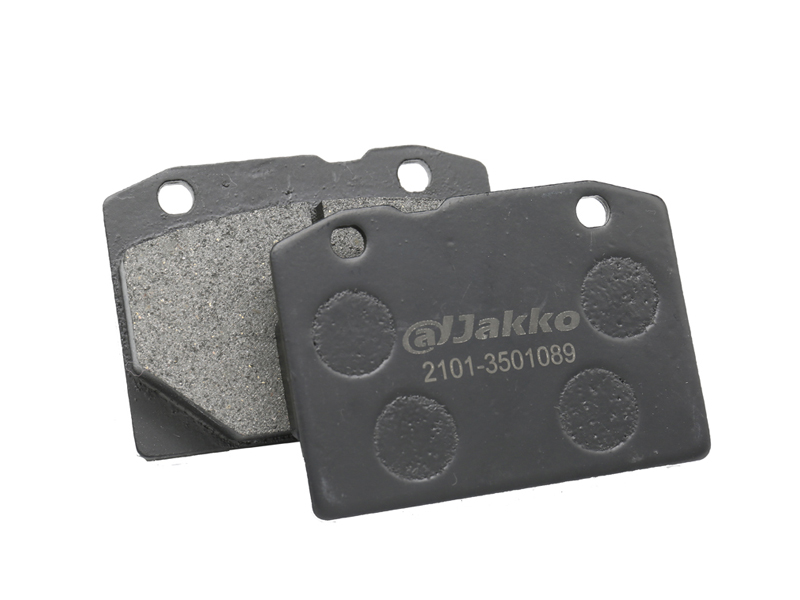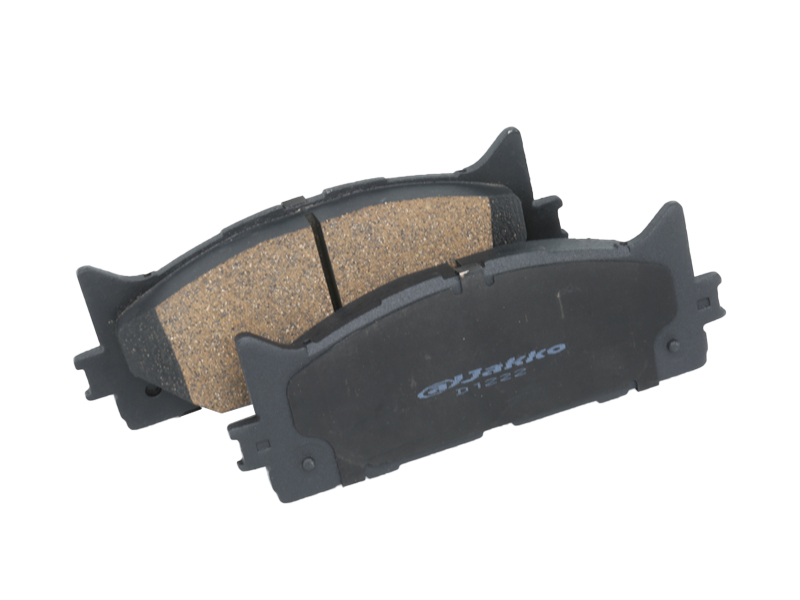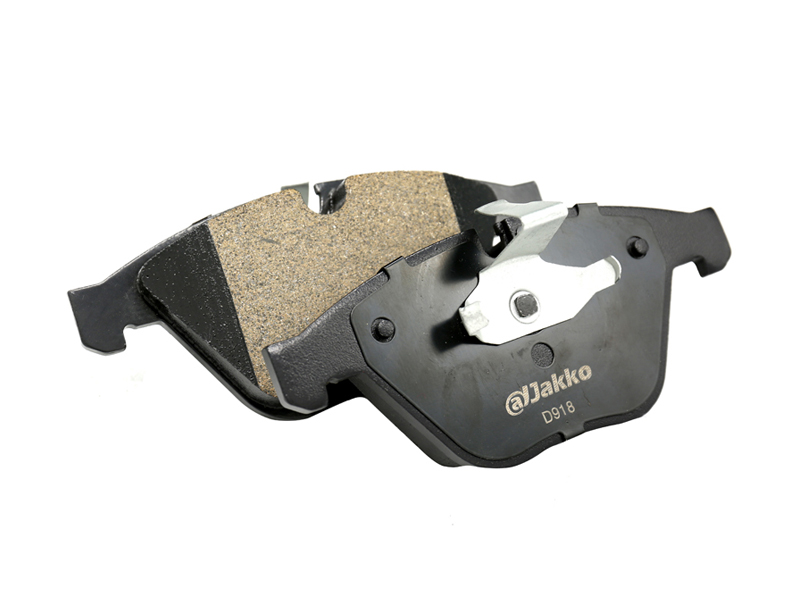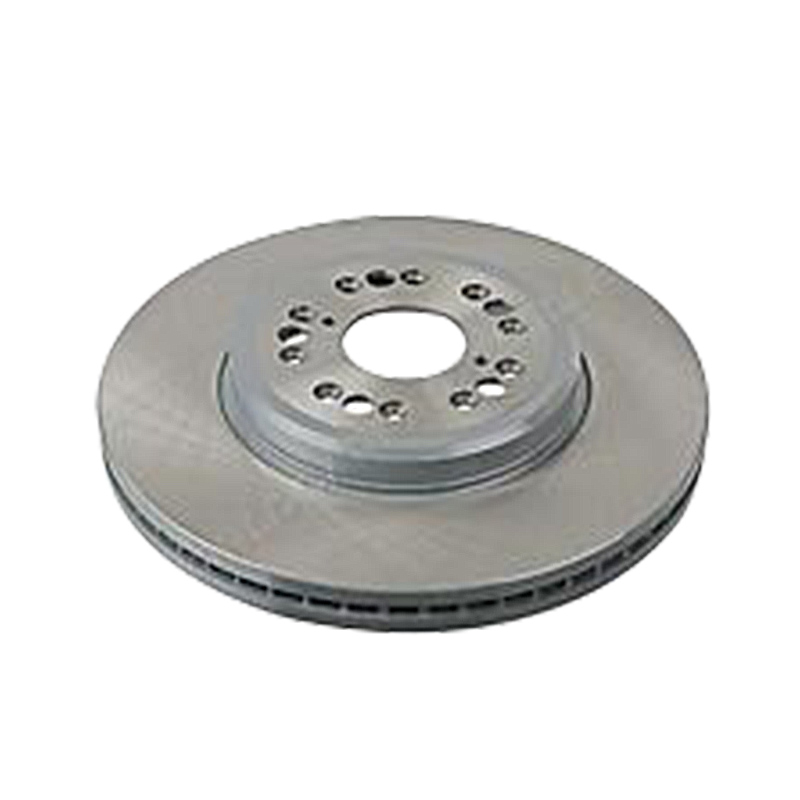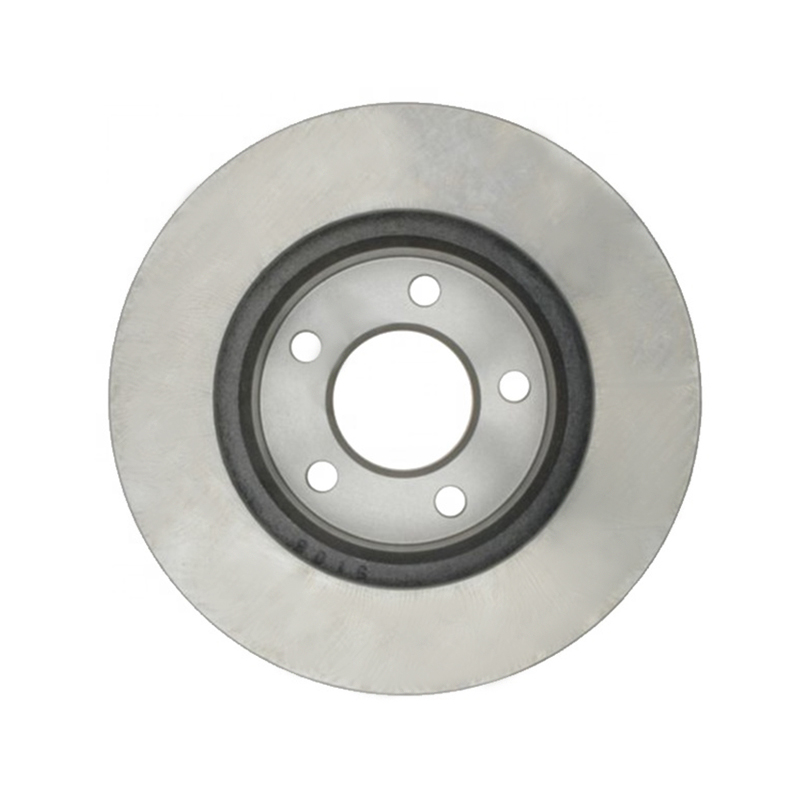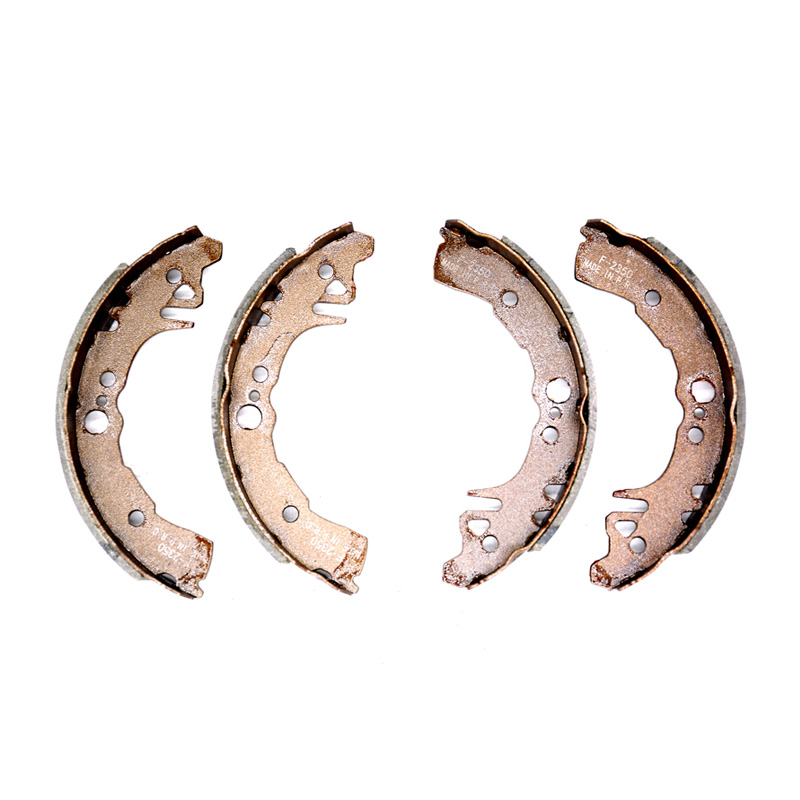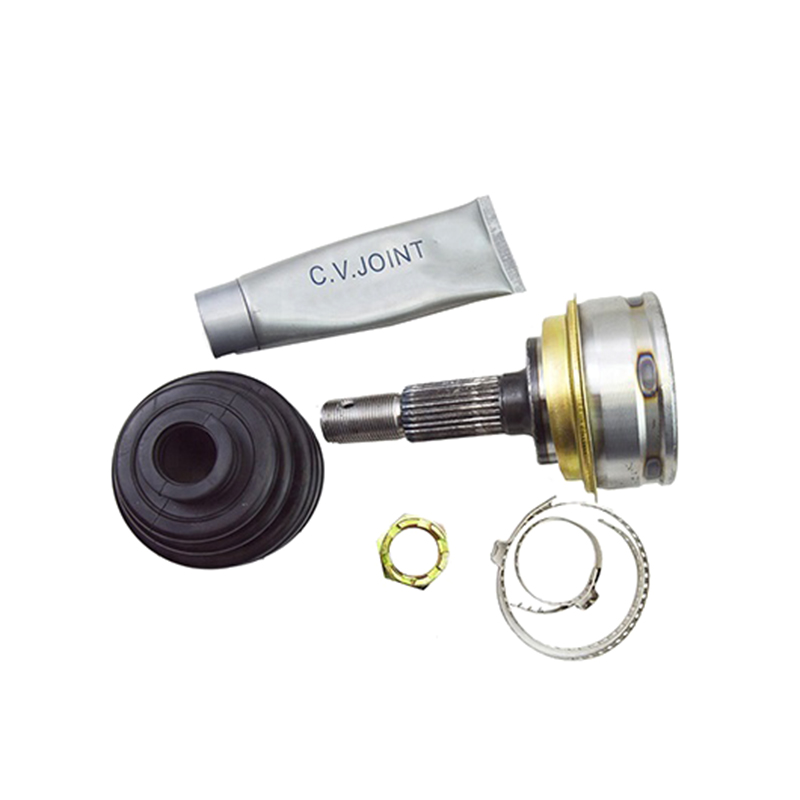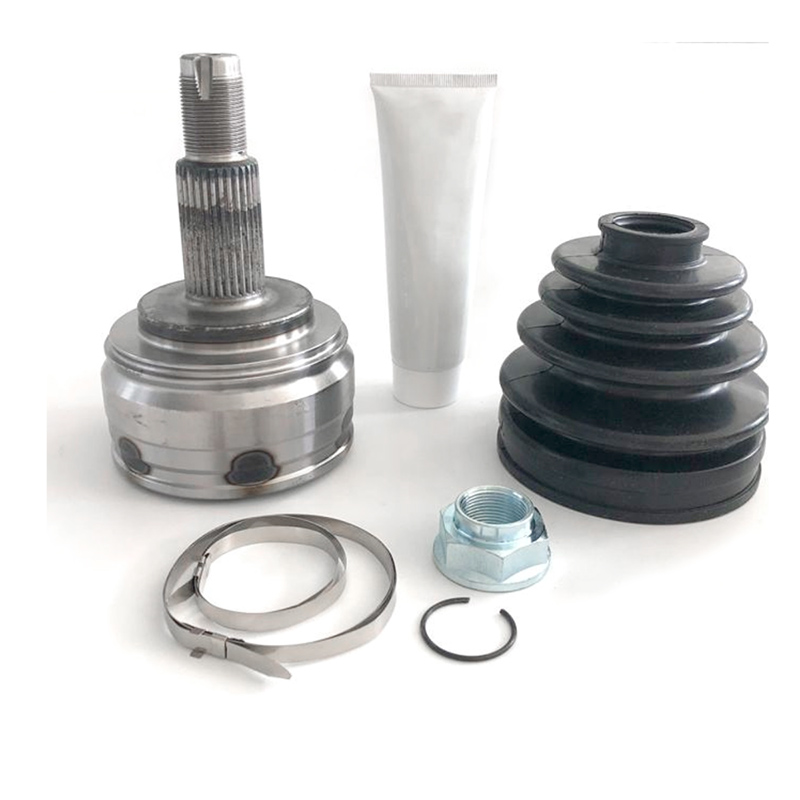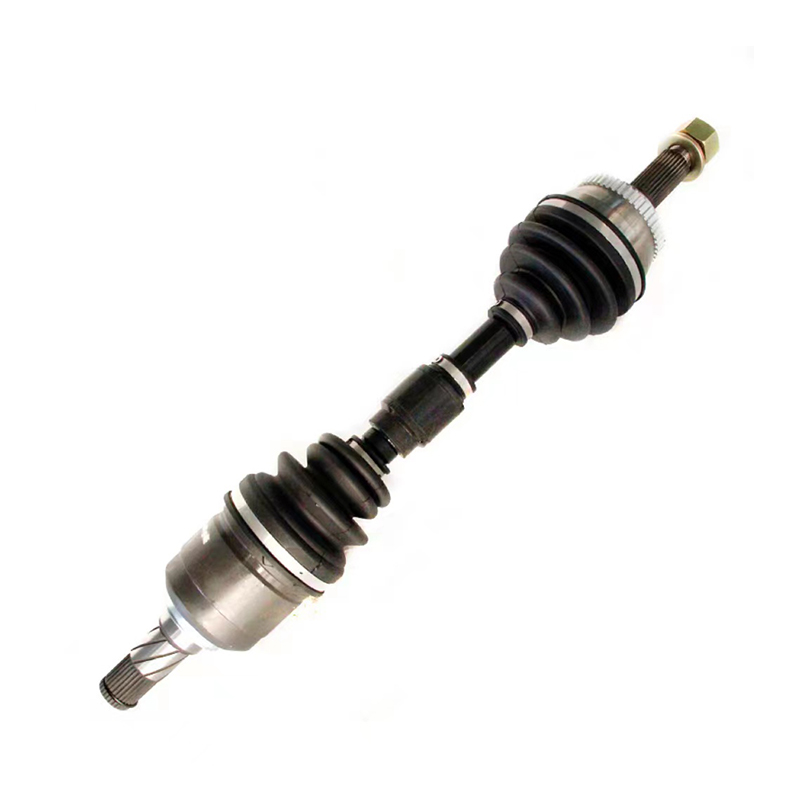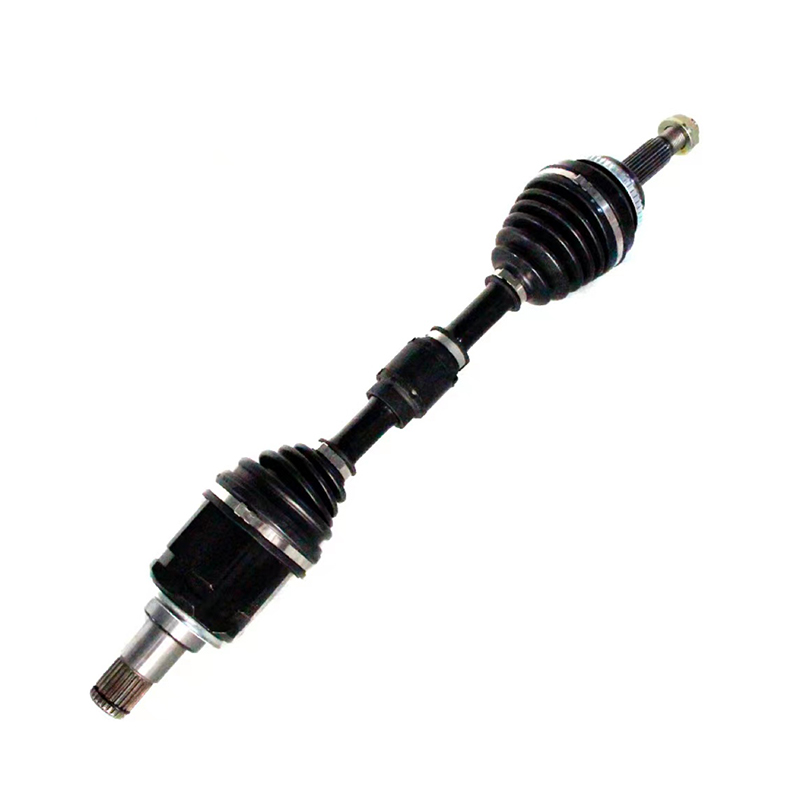Selecting the right
brake pads for a specific vehicle application is essential to ensure optimal braking performance and safety. Several key factors should be considered when making this decision:
Vehicle Type and Usage:
Consider the type of vehicle you have, whether it's a passenger car, truck, SUV, sports car, or a high-performance vehicle. Each vehicle type has different braking requirements, so the brake pads should match the vehicle's intended use.
Brake Pad Material:

Brake pads are made from various materials, including organic, semi-metallic, ceramic, and composite. Each material has its own characteristics:
Organic: Quiet and gentle on rotors but may wear faster.
Semi-Metallic: Offers good performance and durability, suitable for a wide range of applications.
Ceramic: Quieter and generates less dust, ideal for daily driving and luxury cars.
Composite: High-performance materials like carbon-ceramic for sports cars.
Choose the brake pad material that aligns with your driving style, vehicle type, and desired characteristics.
Driving Conditions:
Consider the typical driving conditions you encounter. If you live in an area with frequent stop-and-go traffic or mountainous terrain, you'll need brake pads that can handle higher temperatures. On the other hand, if you do a lot of highway driving, you might prioritize low-dust options.
Brake Pad Design:
Brake pads can have different designs, such as slotted, chamfered, or drilled. These features can affect heat dissipation, noise, and performance. Choose a design that suits your driving style and vehicle.
Brake Rotor Compatibility:
Ensure that the brake pads you choose are compatible with your vehicle's brake rotors. The two components must work together seamlessly for optimal braking performance.
Budget:
Consider your budget when selecting brake pads. While it's essential to prioritize safety and performance, there are options available in various price ranges. Choose the best-quality brake pads that fit your budget.
Noise and Dust Preferences:
Some brake pads generate more noise and dust than others. If noise and dust are concerns for you, consider ceramic or low-dust brake pads.
Longevity:
Determine how long you intend to keep your vehicle and factor in the expected lifespan of the brake pads. Higher-quality pads might have a longer life, potentially saving you money in the long run.
Manufacturer and Brand:
Stick to reputable brake pad manufacturers and well-known brands. Quality and consistency can vary between manufacturers, so do your research and read reviews to ensure you're getting a reliable product.
Compliance with Regulations:
Ensure that the brake pads you choose meet relevant safety and environmental regulations in your region.
Warranty:
Check if the brake pads come with a warranty. Some manufacturers offer warranties that can provide peace of mind in case of premature wear or defects.
Installation and Maintenance:
Consider whether you or a professional mechanic will install the brake pads. Some brake pads may require specific installation procedures or adjustments.
By carefully considering these factors and researching brake pad options that align with your vehicle and driving needs, you can make an informed decision and ensure that your brake pads provide the performance and safety you require.

